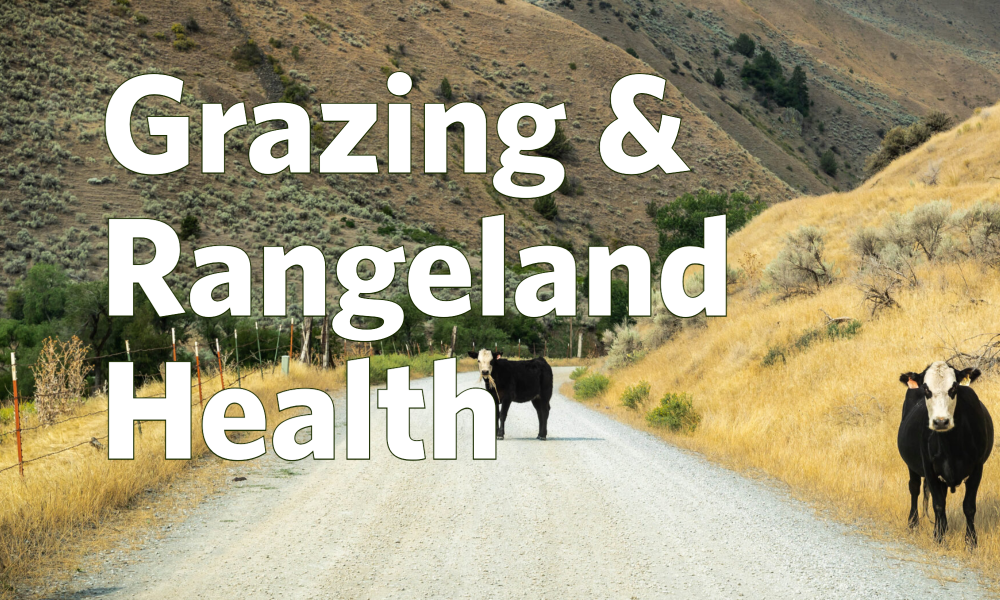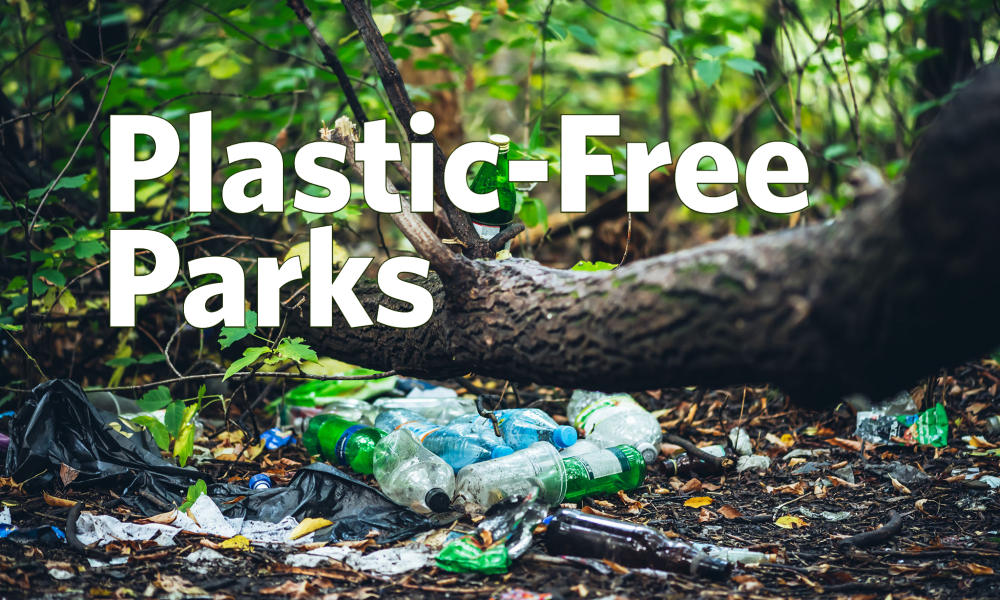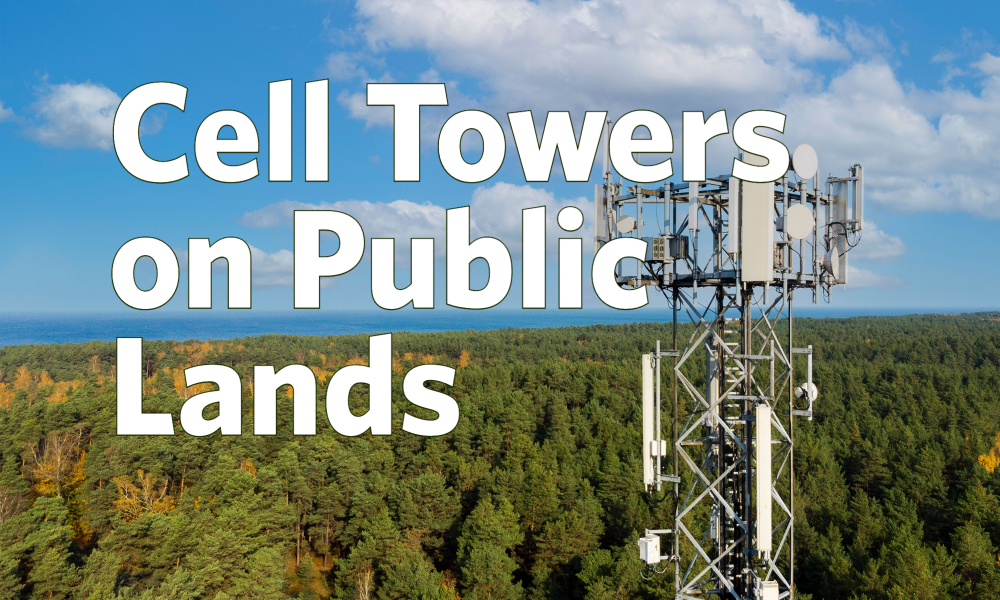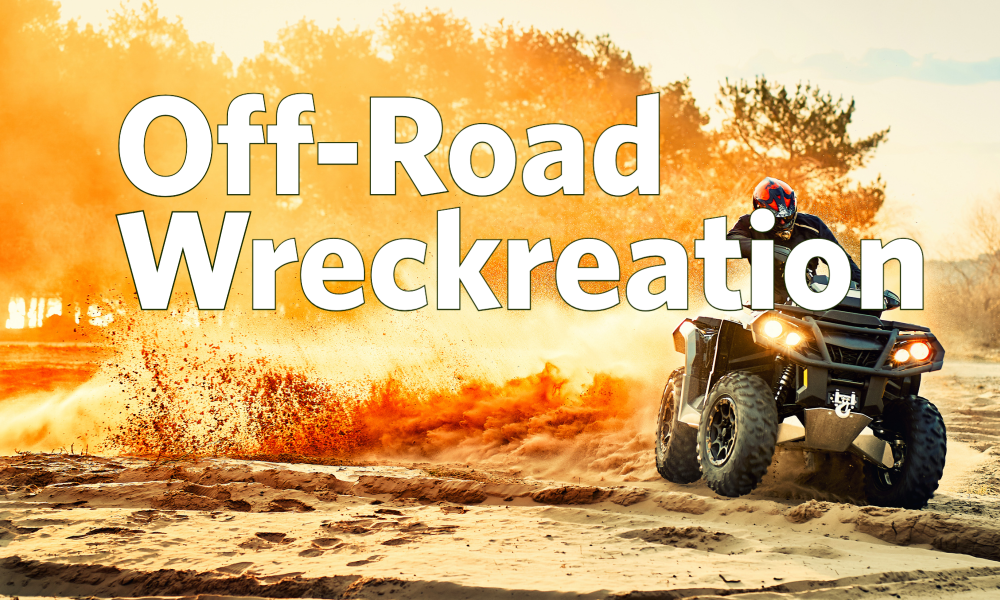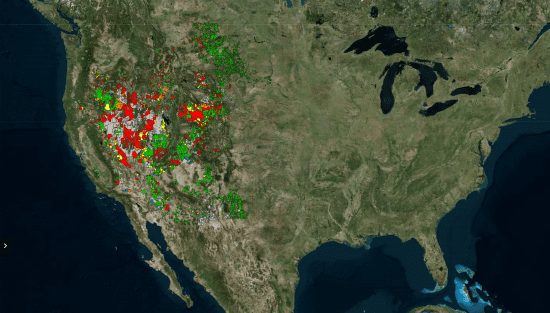Protecting America’s Public Lands
Roughly 300 million acres of American lands, most in the West, are set aside as public lands and maintained using taxes paid by all Americans. These lands managed by the U.S. Bureau of Land Management, U.S. Forest Service, National Park Service, and National Wildlife Refuge System are by charter supposed to be managed for multiple uses including recreation and provision of wildlife habitat and clean water sources. Increasingly, however, they are run for the benefit of extractive industries and with little regard for the preservation of the rare wildlife or iconic natural beauty for which they are famous.
With the help of conscientious range management specialists, scientists, law enforcement officers and other workers within these agencies, PEER is uncovering how our precious national heritage is being sold to the highest bidder, often under the direction of poorly qualified and illegally appointed political appointees.
Environmental and public health risks are being ignored by regulatory agencies and decisions heavily influenced by profit-driven industries.
REPORT | The Biden Administration’s Bureau of Land Management
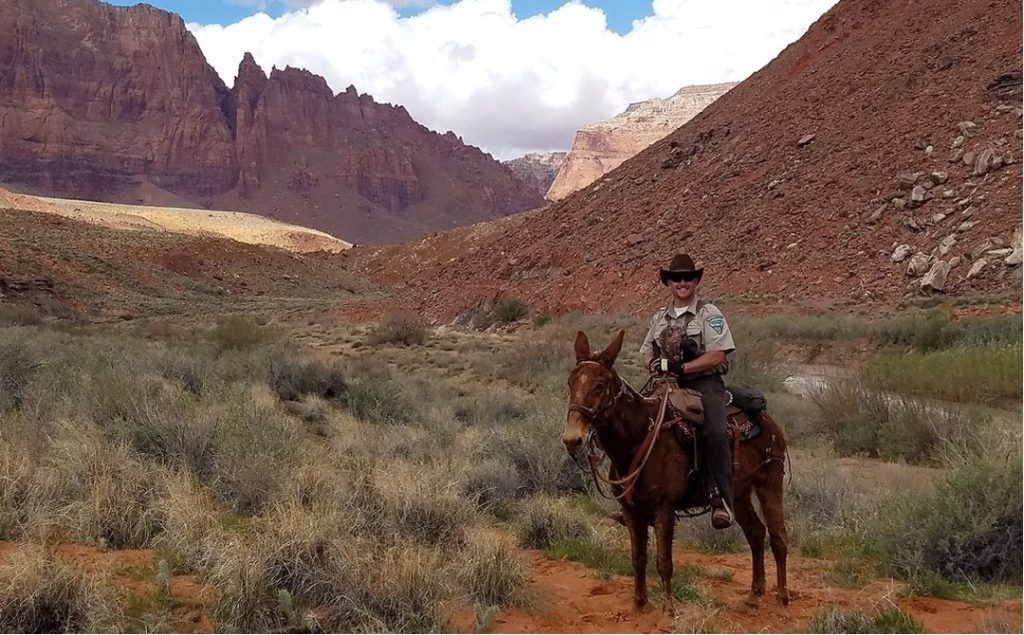 As the Biden administration nears its halfway point, there are both encouraging signs of progress and plenty of room for growth when it comes to conserving public lands. Stronger leadership from the Biden administration and within federal land agencies is critical to act on both the climate and biodiversity crises. No public lands agency more epitomizes the challenges and opportunities ahead than the Bureau of Land Management (BLM) – the country’s largest land manager at more than 245 million acres.
As the Biden administration nears its halfway point, there are both encouraging signs of progress and plenty of room for growth when it comes to conserving public lands. Stronger leadership from the Biden administration and within federal land agencies is critical to act on both the climate and biodiversity crises. No public lands agency more epitomizes the challenges and opportunities ahead than the Bureau of Land Management (BLM) – the country’s largest land manager at more than 245 million acres.
Mapping Rangeland Health
Our interactive BLM Rangeland Health Standards Evaluation Data (2020) on MangoMaps is based on data from 2020, obtained via the Freedom of Information Act. PEER worked with a former BLM contractor to analyze what these records reveal about the condition of our public lands and BLM’s discharge of its duties to safeguard them.
No Results Found
The page you requested could not be found. Try refining your search, or use the navigation above to locate the post.
NEWS FROM PEER
No Direction – National Park Service and BLM to be Run by Lower Deputies for 3 Years
Trump and Bernhardt Continue to Deny Senate Role in Confirming Directors
New Park Service E-bike Order Invalid
NPS Edict Violates Federal Laws and Misinterprets Interior Directive
National Parks Seek Ubiquitous Cell Coverage
Telecoms in Driver’s Seat as Cell Towers Sprout Across Park Landscapes
Wheels Coming Off Trump Arctic Refuge Drive
Haste to Roll Out Leasing Approvals Proves to be Their Undoing
PEERMail: BLM’s Darkest Days Cloud Your Future
The Trump Administration’s effort to crush the federal civil service has hit the U.S. Bureau of Land Management (BLM) hard. The BLM manages nearly 250 million acres of public land, an astonishingly diverse landscape of mountains, forests, deserts, grasslands and...
National Park Hunting And Fishing Restrictions Under Fire
Rules to Stem Invasive Species, Lead Poisoning, and Gun Accidents at Risk
Cell Tower Miasma Pervades National Park System
Audit Finds Broad Noncompliance with Eco-Rules and Revenue Collection
Promised Crackdown On Park Overflights Yet To Take Off
Facing Lawsuit, FAA and Park Service Vow Action after Years of Impasse
Coyote Killing Contests Don’t Belong In National Parks
Petition Presses Cape Cod Seashore to Sharply Limit Carnivore Hunting
PEERMail: Threats to Public Lands
By now, you have probably have heard about the Bureau of Land Management’s (BLM) decision to fire Craig Hoover, a long-time, highly respected range management veteran in Nevada. Mr. Hoover got on the wrong side of his management for reporting illegal grazing in the...
BLM Rangers Stretched to Breaking Point
Prosecutions Plummet as Authorized Law Enforcement Slots Remain Unfilled
Blowing Whistle on Range Violations Unwelcome in BLM
BLM Fires 21-Year Veteran Whistleblower Rather than Curtailing Illegal Grazing
PEERMail: Interior Reorganizing to Better Quash Dissent
There are different bureaus with different missions that sometimes conflict. A unitary command would prevent these conflicts from surfacing.
BLM Commercial Grazing Program Goes Underground
Agency Stops Posting Performance Data and Hides Basic Programmatic Information
Arctic Refuge Drilling Scientific Concerns Suppressed
Memos Outlining Major Environmental and Public Health Information Gaps Buried
Undisclosed Statements of Scientific Concern: ANWR Drilling
Made with Visme Infographic Maker
Water & Brimstone
Environmental scientist Barry Sulkin begins to study the impact of recreational ATV activity on the rivers and creeks that feed into the Big South Fork of the Cumberland River, a protected national treasure
Public Land Livestock Fees Hit Rock-Bottom
Full Cost of Federal Grazing Program Well Overdue for Complete Analysis
Not All the Trump Administration Wants a Wall
EPA Guidance Says Surveillance Technology Supplants Need for Physical Barriers
Yellowstone Closes Hiking Destination to Hike Bandwidth
Mt. Washburn Build-Out Shows Cell Service Trumps Massive Infrastructure Needs

